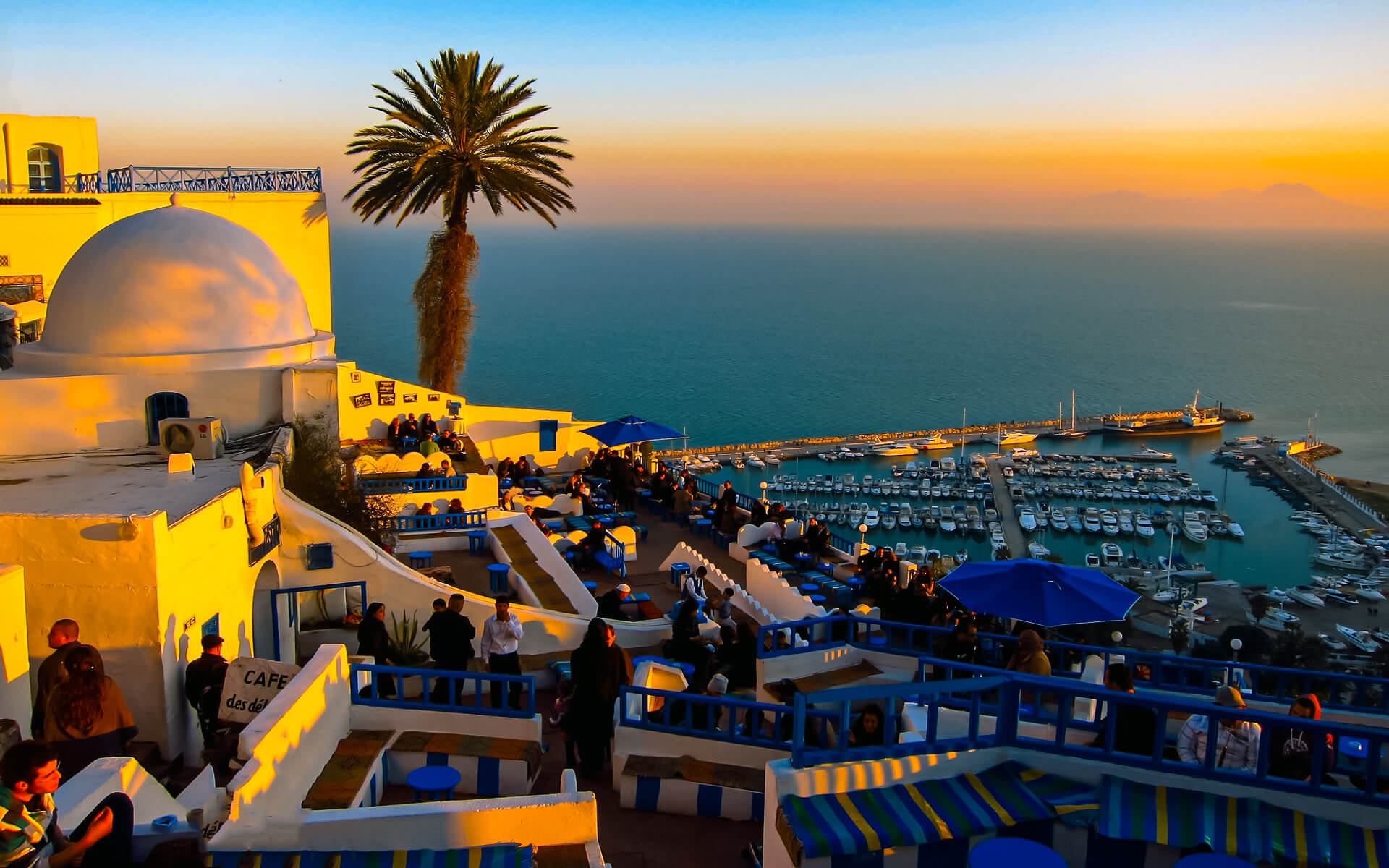[lwptoc]
Tunis is Tunisia’s capital as well as its biggest city. Tunis’s broader metropolitan region, known as Grand Tunis, has a population of almost 2,700,000 people.
The city stretches over the coastal plain and the hills that surround it, situated on a huge Mediterranean Sea gulf (the Gulf of Tunis), behind the Lake of Tunis and the port of La Goulette (alq il-Wd). Its historic medina, a UNESCO World Heritage Site, is at its heart. The suburbs of Carthage, La Marsa, and Sidi Bou Said are located outside this area.
The contemporary city starts just beyond the Sea Gate (also known as the Bab el Bahr and the Porte de France), where colonial-era buildings stand in stark contrast to smaller, older structures.
Tunis, being the country’s capital, is the epicenter of Tunisian political and administrative life, as well as the country’s economic activities. The fast modernization of Tunisia’s economy is mirrored in the flourishing growth of the outer city, where the social issues posed by rapid modernization are abundantly visible.


